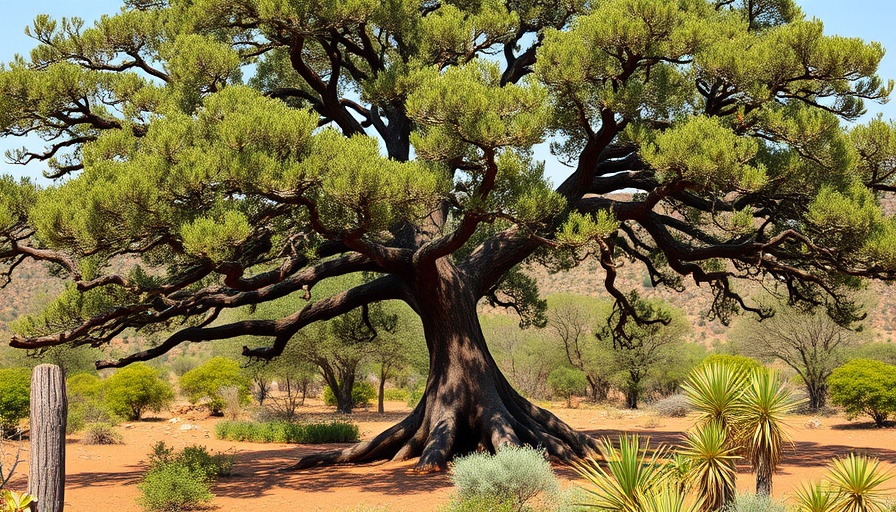
The Surprising Dominance of Just 30 Tree Species in the Cerrado
The Cerrado, known as the world’s largest and most diverse savanna, has revealed a surprising ecological pattern: nearly half of its trees are dominated by just 30 tree species. This phenomenon, termed "hyperdominance," emerges from a landmark study that draws insights from researchers across Brazil, the Netherlands, and the United Kingdom. Published findings from the University of Exeter highlight significant implications for both understanding and conserving this unique ecosystem.
Understanding Hyperdominance: Less is More?
While the Cerrado is home to over 1,600 tree species, it turns out that a mere fraction—less than 2%—accounts for almost 50% of the entire tree population. Within this dominant group, one species stands out: the Qualea parviflora, making up about one in 14 trees. Dr. Facundo Alvarez of the State University of Mato Grosso (UNEMAT), who led the study, expressed surprise at the extent of hyperdominance observed, reflecting patterns typically seen in the Amazon rainforest.
The Impacts of Deforestation on Ecosystem Stability
This hyperdominance pattern reveals critical risks associated with biodiversity loss in the Cerrado. Since 1985, an estimated 24 billion trees have been lost, a staggering number equivalent to three times the Earth’s current human population. Ted Feldpausch, a co-author of the study and professor at the University of Exeter, explains that the concentration of ecosystem functions within just 30 species could render the Cerrado vulnerable to various disruptions, including climate change and land use changes.
Why Should We Care About the Cerrado?
Spanning two million square kilometers, the Cerrado is not only a massive ecological hub but also plays a crucial role in carbon sequestration and clean water supplies. Its loss would have dire consequences, not only for local ecosystems but for global environmental health. The concentration of dominant species means that changes in one could lead to a cascade of effects across the entire biosphere.
Looking Ahead: The Future of the Cerrado
Feldpausch suggests that focusing attention on these few dominant species in the Cerrado may help researchers predict how the savanna functions overall and how it might respond to external stressors. Having a clearer understanding of such dynamics is essential for conservation efforts, especially in light of changing fire regimes and a shifting climate.
Final Thoughts on Biodiversity and Conservation
The findings emphasize that while biodiversity is often considered a hallmark of ecological health, the hyperdominance of a few species in the Cerrado presents a unique challenge. Protecting this ecosystem requires nuanced approaches focused on these critical species, which, if disrupted, may compromise the savanna's stability. Initiatives aimed at conserving these tree species can contribute significantly to the overall resilience of the environment.
 Add Row
Add Row  Add
Add 




Write A Comment